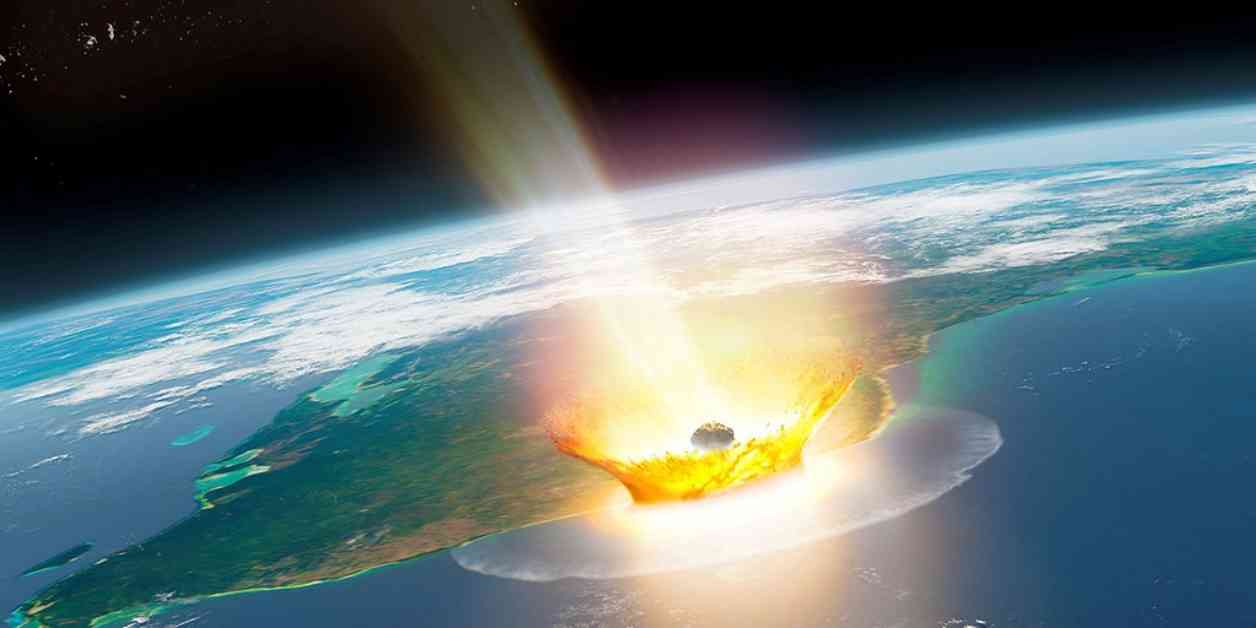Scientists in Albuquerque, New Mexico, have proposed a new method to deflect potentially dangerous asteroids by using X-ray radiation from exploding a nuclear warhead more than a mile from the asteroid’s surface. This innovative approach involves showering the asteroid with X-rays to alter its trajectory and prevent a collision with Earth. Unlike previous methods depicted in movies like “Armageddon” and “Deep Impact,” this technique aims to transform the asteroid into multiple fragments rather than shattering it into pieces.
The National Academy of Sciences has identified planetary defense as a national priority, highlighting the urgency of developing effective strategies to mitigate asteroid threats. Recent data from a NASA sky survey revealed that there are approximately 25,000 objects capable of causing varying levels of destruction to Earth, with only a third of them currently detected and tracked. Many of these objects remain undetected due to their movement in the sun’s glare, posing a significant risk to our planet.
Nathan Moore, a physicist at Sandia National Laboratories, emphasized the importance of proactive measures to address asteroid hazards, citing the frequent impact of small asteroids on Earth that often go unnoticed. By conducting experiments with Sandia’s Z machine, researchers were able to simulate the deflection of synthetic asteroids under controlled conditions. The use of X-ray scissors enabled scientists to predict the effects of nuclear explosions on asteroids, providing valuable insights into potential deflection strategies.
The experiments conducted by Moore’s team demonstrated the feasibility of redirecting asteroids through nuclear-intensity explosions, offering a promising solution to safeguard Earth from catastrophic impacts. By leveraging innovative technologies and advanced simulation techniques, scientists are exploring novel approaches to enhance our ability to prevent asteroid collisions and protect the planet from potential threats.
In light of recent developments, NASA closely monitored a “potentially hazardous” asteroid named 2024 ON, which passed relatively close to Earth. While the asteroid’s size and proximity raised concerns, experts reassured the public that there was no immediate risk of impact. The successful observation and tracking of this asteroid underscored the importance of continuous monitoring and preparedness to address future threats effectively.
As researchers continue to refine asteroid deflection strategies and enhance our understanding of celestial threats, collaborative efforts across scientific disciplines and international partnerships will be crucial in developing robust defense mechanisms. By staying vigilant and proactive in our approach to planetary defense, we can mitigate the risks associated with asteroid impacts and safeguard the future of our planet.




